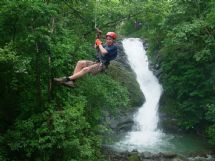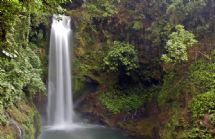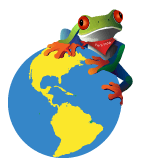La Selva Wildlife Refuge & Zoo
Plam Tree lined beach at Playa Carrillo
Even if you have been to the zoo in your hometown or a nearby city a dozen times, you can’t skip La Selva Wildlife Refuge & Zoo on your family’s trip to Costa Rica. The facility is large enough for you to spend an entire afternoon enjoying it but small enough for you to get up close and personal with some of Costa Rica’s most beautiful animals.
Animals Housed at the Refuge
La Selva Wildlife Refuge & Zoo typically houses about 36 different animal species that make their home in Costa Rica. While many of the animals are permanent residents of the refuge, others are rehabilitated and then released back into their native habitats. In addition to a large number of domestic cats that freely roam the property, you may also come across the refuge's domesticated peccary. Puppies are also common on the property--and everybody knows puppies are irresistible no matter which country you're in!
When it comes to animals that are being rehabilitated, the wildlife you'll get to see depends on which animals need care and how long they need the care. The refuge often houses a range of reptiles, including American crocodiles, freshwater turtles and iguanas. Several species of birds are usually on the property as well. Expect to see parrots and even a rainbow-billed toucan up close. Other enclosures may include large false vampire bats, Mexican porcupines, anteaters and margay leopard cats. You may even be able to check out a howler monkey or sloth.
What to Expect During Your Visit
Don’t plan your visit to La Selva Wildlife Refuge & Zoo expecting to see some of the large zoos you would in other places. This refuge is privately owned and receives no government funding so is much smaller than a traditional zoo. Many visitors claim it just adds to the charm. The grounds are easily walkable for most people, making it an excellent choice for families with small children who may tire out easily in a larger zoo.
The size of the refuge provides another benefit that you wouldn’t find at a larger refuge or zoo. Visitors receive guided tours from the owners that includes the option to get close to some of the animals. In addition to learning about their various habitats, diets, life expectancies and other pieces of information, you will learn about rehabilitating wildlife, including how long an animal may need to reside at the refuge, what caused its injury, how it is being rehabilitated and how the process of releasing it back into the wild will happen. The owners recommend visitors come late in the day because most of the animals sleep during the hottest parts of the day.
It is important to keep in mind that La Selva Wildlife Refuge & Zoo has a thriving ecosystem. Mosquitoes and fire ants are common on the property. For this reason, visitors should wear closed shoes and bring plenty of mosquito repellant. Keep in mind that a wildlife refuge may include dirt, mud and other items you wouldn’t want to get on nice clothes so be sure to wear something casual.
Getting to the Refuge
La Selva Wildlife Refuge is on the northern part of the Nicoya Peninsula in Guanacaste. When driving south from Samara, you will pass by Carillo Beach and drive over a small bridge. A sign directing you to the refuge will be beside the hill on the left. It is just 700 feet from the beach. La Selva Wildlife Refuge is open daily from 8:00 a.m. to 8:00 p.m. Its affordable entrance fees include a guided tour and contribute to providing food, medicine and more for its resident wildlife.




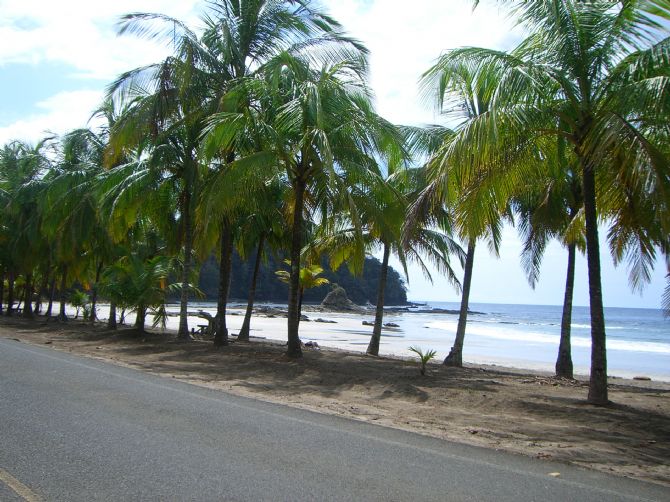
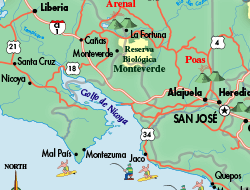
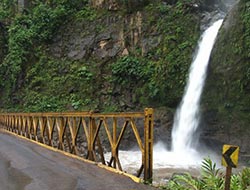
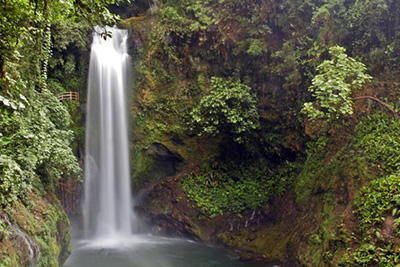
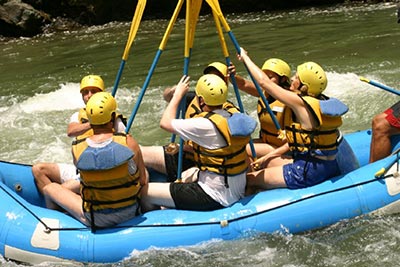
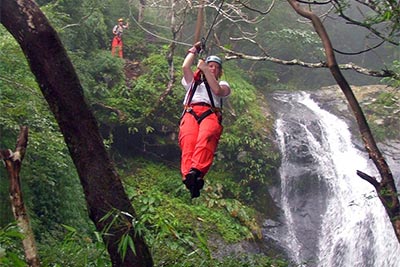
.jpg)
